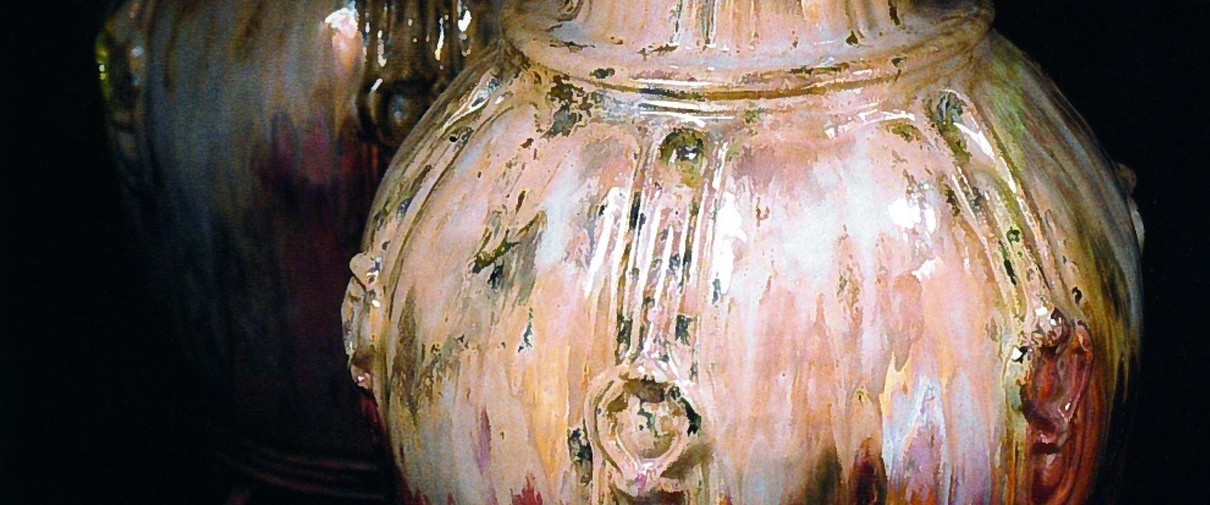Lid jars Porceleyne Fles
Inspiration from the Orient
These lid jars are a beautiful example of the fascination that arose in the early twentieth century for the art and culture of the Near and Middle East. At the De Porceleyne Fles earthenware factory in Delft, technical director Heinrich Mauser took the initiative to study the ceramics from these regions. Together with the painter and designer Leon Senf (1860 - 1940), he visited various museums and exhibitions on Islamic art at home and abroad. In particular, the large exhibition of ‘Mohammedan’ art that was held in Munich in 1910 provided a great deal of study material.
Mauser studied the technical processes, while Senf made dozens of sketches of the shapes and decorations. Senf made new designs based on these sketches. At the end of 1910, De Porceleyne Fles launched the new products on the market under the name ‘Nieuw-Delfts’. Some models are exact copies of historical pieces, often they are their own interpretations. The latter also applies to these lid jars.
We know exactly which object at the Munich exhibition inspired Leon Senf and even exactly when he saw this example and made a sketch of it. This sketch, dated 26 September 1910, has been preserved in the company archive of De Porceleyne Fles and is now at the Rijksdienst voor het Cultureel Erfgoed. In addition to the date, there is also a number on the drawing and this is how the exact details of the pot could be traced in the old Munich exhibition catalogue: a fifty-centimetre high water jar from Raqqa in Syria from the twelfth or thirteenth century. These water jars were lashed to camels, which carried them through the desert. This fact inspired Leon Senf to add a camel to the lid. He also incorporated the carrying ropes into his design. In addition to the sketch that Senf made of the original pot, his design drawing of the lid jar, coloured in with watercolours, has also been preserved.
